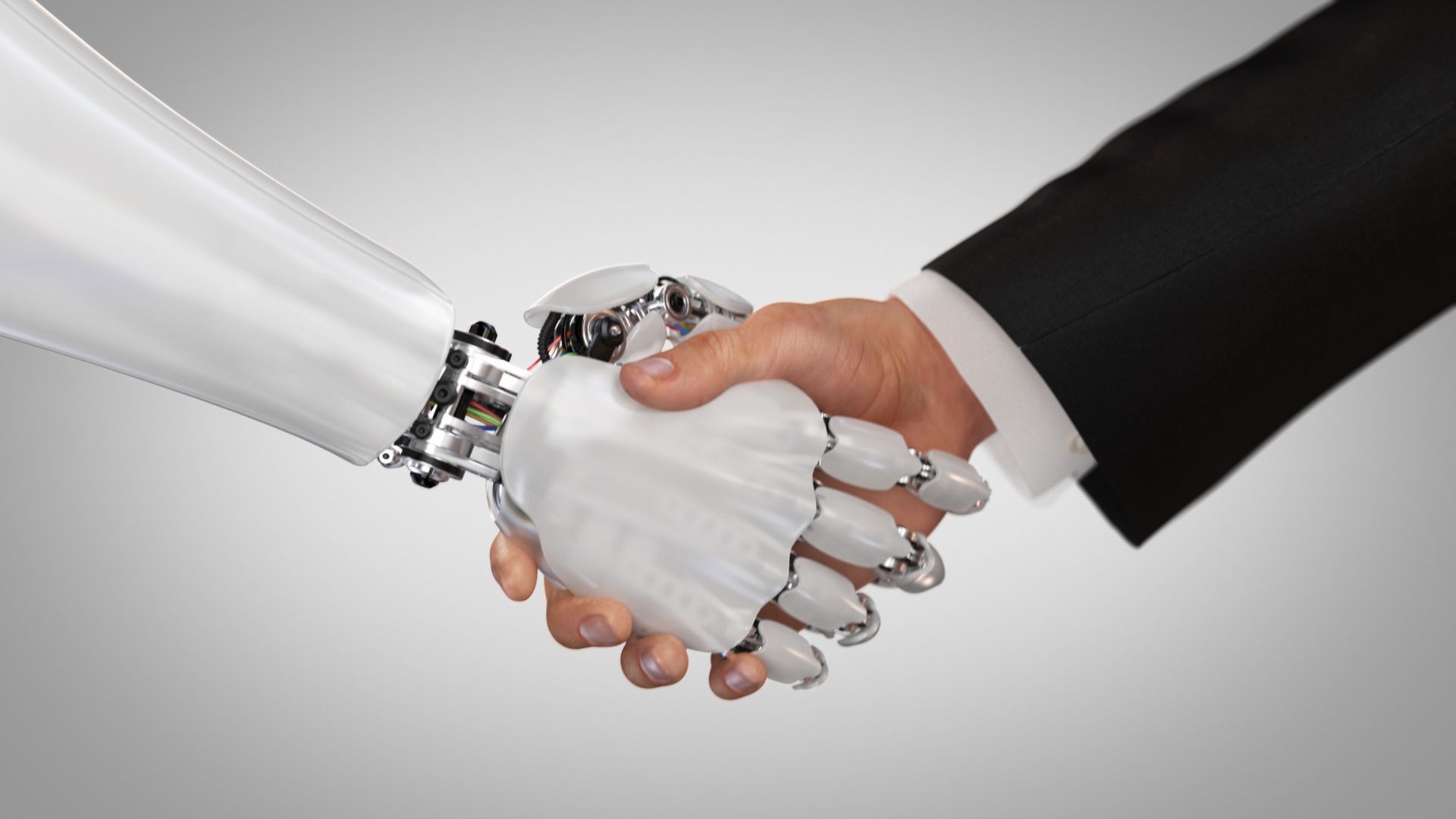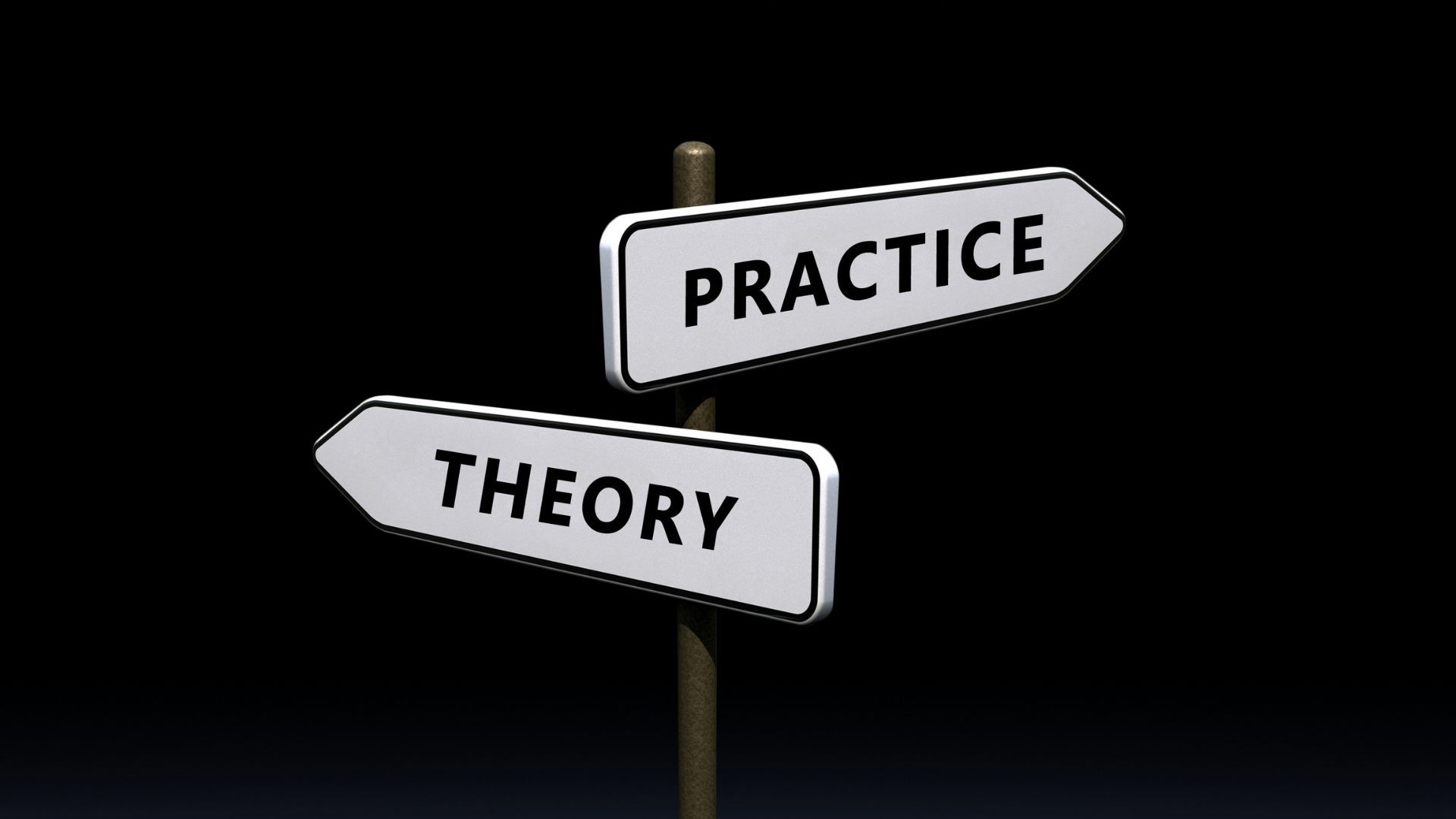Is Australia heading for a talent crisis in 2025?

Is Australia heading for a talent crisis in 2025?
As Australia faces the final months of 2024, the employment market finds itself at a pivotal juncture. Recent data from SEEK shows a notable decline of 20% in job ad volumes for the 2024 financial year, a decrease that aligns with pre-pandemic levels. Despite fewer opportunities, competition among job seekers has risen significantly, with 175 applications per job posting, indicating a challenging market where only the most adaptable candidates succeed.
The employment situation is further complicated by industry-wide talent shortages. Jobs and Skills Australia has identified 300 occupations facing shortages, with nearly one-third of all professionals affected. In high-demand industries like healthcare, education, construction, and logistics, there is an urgent need for qualified professionals to meet existing demands. The impact of these shortages ranges from delayed infrastructure projects to increased healthcare waiting times, resulting in broader consequences for economic growth and business operations.
The challenges are further exacerbated by demographic shifts, such as an aging population, which places additional pressure on healthcare and aged care services. Furthermore, the education sector is struggling to keep pace with a growing student population, while the construction industry faces difficulties in attracting younger workers to replace those nearing retirement. These dynamics underscore the need for strategic workforce planning and investment in both upskilling and attracting new talent to meet future demands.
These challenges prompt the question: will 2025 bring relief to the talent crisis, or will Australia need to implement drastic changes to bridge the growing skills gap?
"The Impact of Talent Shortages Is Severe and Far-Reaching"
During people2people's Australian Market Update: Thrive in 2025, Temporary Team Leader Mary Savova hosted an engaging conversation with Aiden Boast, Temporary and Contract Team Leader at people2people Sydney. They explored the ongoing and potential future issues related to talent shortages, identifying the industries most impacted and discussing possible strategies to mitigate the challenges.
Aiden Boast opened the discussion by highlighting the sectors already feeling the strain: "We are currently experiencing talent shortages across various critical sectors... healthcare, education, construction, and logistics are all facing significant gaps due to demographic shifts, skills shortages, and evolving job demands." He pointed to specific examples, including aged care and disability carers, primary and secondary teachers in regional areas, and skilled trades like electricians and carpenters as some of the roles most affected.
The healthcare sector, in particular, is grappling with staff shortages that lead to increased patient wait times and burnout among healthcare workers. Aiden commented, "The healthcare and aged care sector is struggling to maintain adequate staff levels, leading to increased wait times for patients and higher risks of staff burnout." Similar issues were noted in education, where the lack of teachers has forced some schools to transition to online learning or even temporary closures.
The discussion moved on to construction and logistics, both of which are essential to Australia's economic development. With significant infrastructure projects underway, there is a need for skilled workers like electricians and project managers. However, Aiden mentioned that this sector faces difficulties in attracting younger talent, which could impede progress on key projects: "Construction and infrastructure projects are being delayed due to a lack of skilled tradespeople, which is an ongoing challenge we need to overcome." Similarly, the logistics sector is experiencing shortages, which disrupt supply chains and raise consumer prices, contributing to inflation.
Mary and Aiden also discussed technology and cybersecurity. The growing demand for cybersecurity professionals poses a serious risk to Australia's digital infrastructure, as there are not enough trained experts to meet this need. As Aiden put it, "In technology and cybersecurity, we're seeing a shortage of IT professionals, particularly in cybersecurity, which threatens our digital infrastructure."
Reflecting on possible solutions, Aiden acknowledged that while various initiatives such as upskilling programs, vocational training, and increased skilled migration are underway, "the impact of these measures may be felt beyond 2025." He added, "Throughout 2025, I think there will be certain industries that will still face significant pressures, especially in specialised fields like healthcare and construction." The conversation revealed that addressing the talent crisis will require a combination of government policy, employer adaptability, and education system improvements.
Internal promotions and supporting staff through training were suggested as solutions to combat skill shortages in specific roles. As Aiden mentioned, "Organisations are likely to look at building their internal capabilities to create succession planning, potentially filling senior roles internally while replacing at the lower level." However, he stressed the importance of recognising and rewarding these internal promotions, warning that neglecting these incentives could lead to talent loss, further exacerbating the skills shortage.
Mary concluded the discussion by emphasizing the need to care for existing staff, particularly in industries with severe shortages. "Looking after staff is going to be the number one priority. We need to make the workplace enjoyable for the ones we have, to avoid burnout and turnover," she stated. With hiring freezes in some sectors, temp and contract roles could become more prevalent to address immediate needs, as noted by both speakers.
Preparing to Thrive in 2025: Key Strategies for Employers
To ensure a prosperous workforce in 2025, Australian businesses must adapt by enhancing their workforce strategies. Here are some key approaches to help employers navigate the challenges of a talent-scarce market:
- Invest in Upskilling and Vocational Training: A focus on developing the skills of the current workforce is vital. Providing learning opportunities, particularly in critical sectors like healthcare, construction, and technology, will build a more resilient talent pool.
- Embrace Skilled Migration: By bringing in skilled professionals from overseas, companies can bridge the talent gap more effectively. Creating supportive policies for international workers and providing pathways for permanent residency will make Australia an attractive destination for global talent.
- Promote Internal Talent Growth: Encouraging internal promotions and providing necessary training and incentives will be crucial. Employers must ensure employees feel valued and adequately rewarded for taking on new responsibilities.
- Focus on Employee Retention: The emphasis should be on maintaining a supportive work environment that prioritises mental well-being and offers flexibility. Avoiding burnout and enhancing job satisfaction are critical components in retaining top talent.
- Flexible Employment Models: With increasing pressure on permanent roles, adopting flexible work options like temporary and contract positions can provide short-term relief for companies facing immediate staffing challenges. This approach also offers workers the ability to navigate career changes more easily.
Australia's employment landscape in 2025 is likely to be characterised by both challenges and opportunities. Employers who are willing to invest in their workforce, adapt their hiring strategies, and create environments that prioritise staff well-being will be best positioned to thrive. By addressing talent shortages head-on and preparing for the evolving demands of the job market, the workforce can remain competitive and resilient in the face of uncertainty.
Find the job you love I Find the right talent
Get in touch with people2people
Australia I United Kingdom
In business since 2002 in Australia, NZ, and the United Kingdom, people2people is an award-winning recruitment agency with people at our heart. With over 12 offices, we specialise in accounting and finance, business support, education, executive, government, HR, legal, marketing and digital, property, sales, supply chain, and technology sectors. As the proud recipients of the 2024 Outstanding Large Agency and Excellence in Candidate Care Awards, we are dedicated to helping businesses achieve success through a people-first approach.
Find the job you love I Find the right talent
Get in touch with people2people
Australia
I
United Kingdom
In business since 2002 in Australia, NZ, and the United Kingdom, people2people is an award-winning recruitment agency with people at our heart. With over 12 offices, we specialise in accounting and finance, business support, education, executive, government, HR, legal, marketing and digital, property, sales, supply chain, and technology sectors. As the proud recipients of the 2024 Outstanding Large Agency and Excellence in Candidate Care Awards, we are dedicated to helping businesses achieve success through a people-first approach.
Recent articles





Latest Media Features
List of Services
-
11 tips for employers to succeed in 202511 tips for employers to succeed in 2025
Human Resources Online
February 14, 2025 -
How will advisers’ salaries change this year?How will advisers’ salaries change this year?
Money Management
Janurary 17, 2025 -
Being a supportive employer in 2025Being a supportive employer in 2025
Money Management
January 6, 2025
List of Services
Get in touch
Find out more by contacting one of our specialisat recruitment consultants across Australia, New Zealand, and the United Kingdom.
Copyright © 2025, people2people
people2people acknowledges the Traditional Custodians of country, pays respect to their Elders past and present, and extends that respect to all Aboriginal, Torres Strait Islander and Māori peoples today.
people2people partners with CarbonInvoice to measure and mitigate any carbon emissions associated with the work we do.
Specialisations
Locations
Resources

